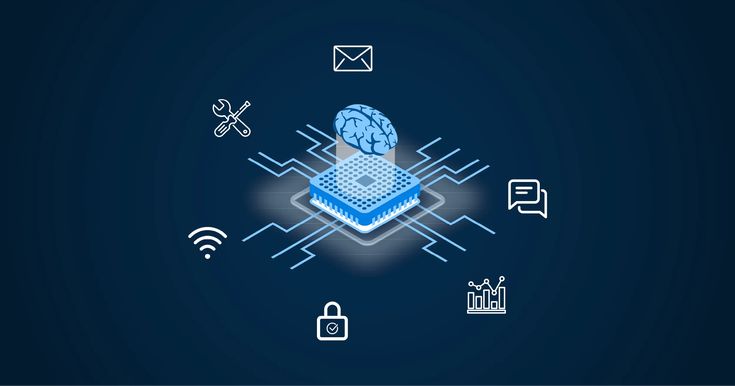The field of embedded systems is evolving rapidly as devices become smarter, smaller, and more connected. From wearable health trackers to autonomous vehicles and smart home appliances, embedded systems are at the core of modern innovation. But what’s new in this dynamic field? In this blog, we’ll explore the latest technologies and trends that are shaping the future of embedded systems.
1. Artificial Intelligence (AI) and Machine Learning (ML) at the Edge
One of the most exciting developments in embedded systems is the integration of AI and ML directly onto edge devices.
Why it matters:
-
Reduces reliance on cloud computing
-
Enables real-time decision-making
-
Improves performance and privacy
Real-world example:
AI-powered cameras that detect anomalies or facial recognition systems in smartphones are using Edge AI chips like NVIDIA Jetson, Google Coral, or ARM Cortex-M processors with ML capabilities.
2. RISC-V Architecture
RISC-V is an open-source instruction set architecture (ISA) that is gaining traction as a cost-effective and customizable alternative to proprietary architectures like ARM.
Why it’s trending:
-
Open and flexible for customization
-
Gaining support from major companies like SiFive and Western Digital
-
Ideal for IoT and embedded designs
Use case:
RISC-V is used in microcontrollers, wearable devices, and automotive embedded systems where cost and flexibility are critical.
3. Internet of Things (IoT) Integration
IoT continues to be a major driving force in the embedded world, but the focus is now on secure, low-power, and long-range connectivity.
Key advancements:
-
LPWAN technologies like LoRaWAN and NB-IoT
-
Improved microcontrollers with built-in wireless capabilities (e.g., ESP32, STM32WL)
-
Embedded security for IoT devices (TPM, secure boot)
Applications:
Smart agriculture, smart meters, industrial monitoring, and home automation systems.
4. Real-Time Operating Systems (RTOS) Evolution
RTOS is evolving to handle increasingly complex tasks in embedded devices, often in tandem with AI and IoT capabilities.
Notable RTOS platforms:
-
FreeRTOS (backed by AWS)
-
Zephyr OS (backed by Linux Foundation)
-
Azure RTOS (formerly ThreadX)
Why it’s important:
-
Provides precise timing and resource management
-
Essential for safety-critical systems like medical devices and automotive electronics
5. Embedded Linux and Containerization
Linux-based systems continue to dominate the embedded space, especially with the rise of container technologies like Docker in edge environments.
Benefits:
-
Easier deployment and updates
-
Increased flexibility and modularity
-
Supports more complex applications
Trends:
Embedded Linux is now being paired with Yocto Project, Buildroot, and lightweight containers to streamline development.
6. Advanced Power Management and Energy Harvesting
With the explosion of battery-operated devices, power efficiency is more crucial than ever.
Recent innovations:
-
Ultra-low-power microcontrollers (e.g., STM32U5, Renesas RA2)
-
Energy harvesting technologies using solar, RF, or vibration
-
Sleep modes with intelligent wake-up triggers
Use case:
Wearable devices and remote sensors that need to run for months or years without battery replacement.
7. Security-First Embedded Design
As more devices get connected, cybersecurity has become a top priority in embedded systems.
Key trends:
-
Hardware-based security modules (TPM, PUFs)
-
Secure boot and secure firmware updates
-
End-to-end encryption and threat detection
Standards:
Protocols like TLS, MQTT-S, and Secure OTA are now widely used in embedded IoT systems.
Final Thoughts
The embedded systems field is no longer just about microcontrollers and sensors—it’s a fusion of AI, security, connectivity, and advanced architectures. Whether you’re a developer, student, or tech enthusiast, staying updated with these trends is essential for staying competitive.
Summary of Key Technologies:
-
Edge AI and ML
-
RISC-V architecture
-
Next-gen IoT protocols
-
Advanced RTOS and Embedded Linux
-
Energy-efficient microcontrollers
-
Enhanced embedded security
As embedded devices become more intelligent and ubiquitous, the future looks smarter, faster, and more connected than ever before.

